Microsoft has made a significant change to the iconic “Blue Screen of Death” (BSOD), a staple of Windows error reporting since its introduction in 1993. To create a more streamlined and user-friendly experience, the company is replacing the infamous blue screen with a new color and a simplified interface.
According to a post on Microsoft’s Insider blog, this change will first appear in Windows 11 Preview Build 26120.3653 (KB5053658). The update aligns the error screen with Windows 11’s design principles while maintaining essential technical details for troubleshooting.
“We present a preview of a new and standardized interface for unexpected reinstaters, which is better aligned with the Windows 11 design principles and reinforces our goal of returning our users back to productivity as soon as possible. We simplify our experience while we preserve technical information on screen,” says Microsoft.
Windows 11 24h2 users with Insiders, Beta, Dev, and Canary canals can already notice a difference: the blue screen of death has now become a green screen. It has not been confirmed if this color will be maintained or changed when it reaches the general audience.
What will happen to the Windows blue screen?
A recent leak from Windows Latest suggests that Microsoft plans to replace the classic Blue Screen of Death (BSOD) with a black screen instead. The leaked information indicates that the content of the error screen remains the same as the green version currently seen in preview builds, but the color change is still being tested.
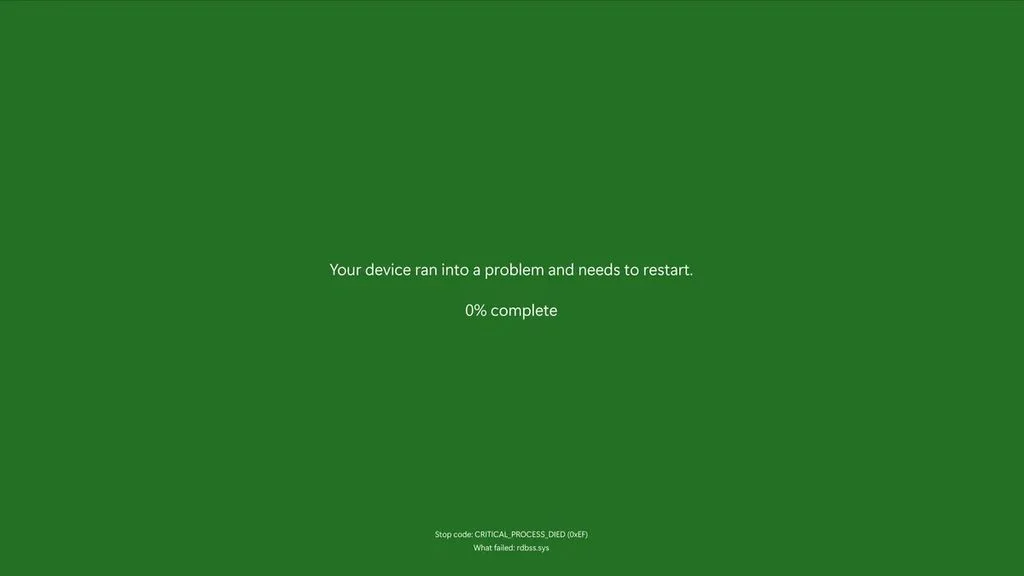
This suggests that Microsoft has yet to decide which color will replace the traditional blue. The fact that both green and black versions are being tested hints at ongoing experimentation, meaning the final version could adopt one of these colors—or even a different one altogether—when the update is officially released.
The fear of Windows users
The Blue Screen of Death (BSOD) has long been an infamous symbol for Windows users. Beyond its glaring blue background and sad face emoji, the dreaded error screen often came with a startling sound, making users jump from their chairs. For many, encountering the BSOD meant frustration, hours of troubleshooting, and sometimes even an unbootable system.
Microsoft’s decision to revamp the BSOD comes less than a year after the global blackout caused by CrowdStrike, which disrupted businesses worldwide and created major headaches for IT professionals. Once an iconic part of Windows, the blue screen has now become associated with large-scale technical failures.
By introducing a redesigned error screen with a simpler interface—removing QR codes and excessive details—Microsoft may be aiming to distance itself from these past associations. The new approach could make system crashes less intimidating while providing essential information to users and companies relying on Windows.

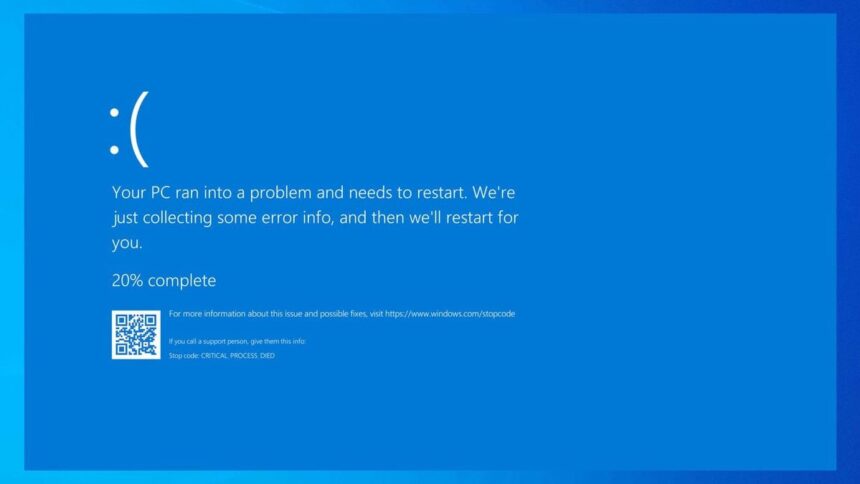




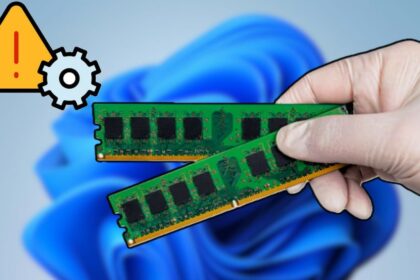

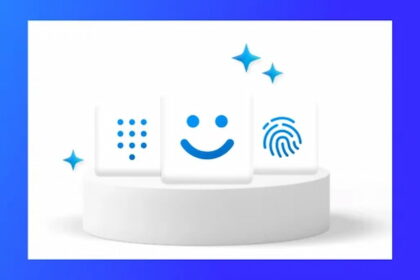

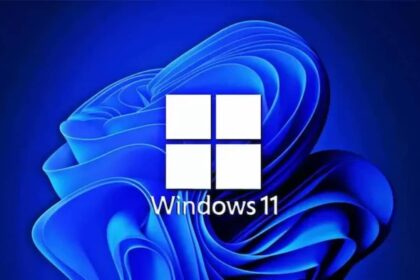

If it ain’t broke, don’t fix it. Beware modern Microsoft. Be VERY wary. Like, never use them level of wary.